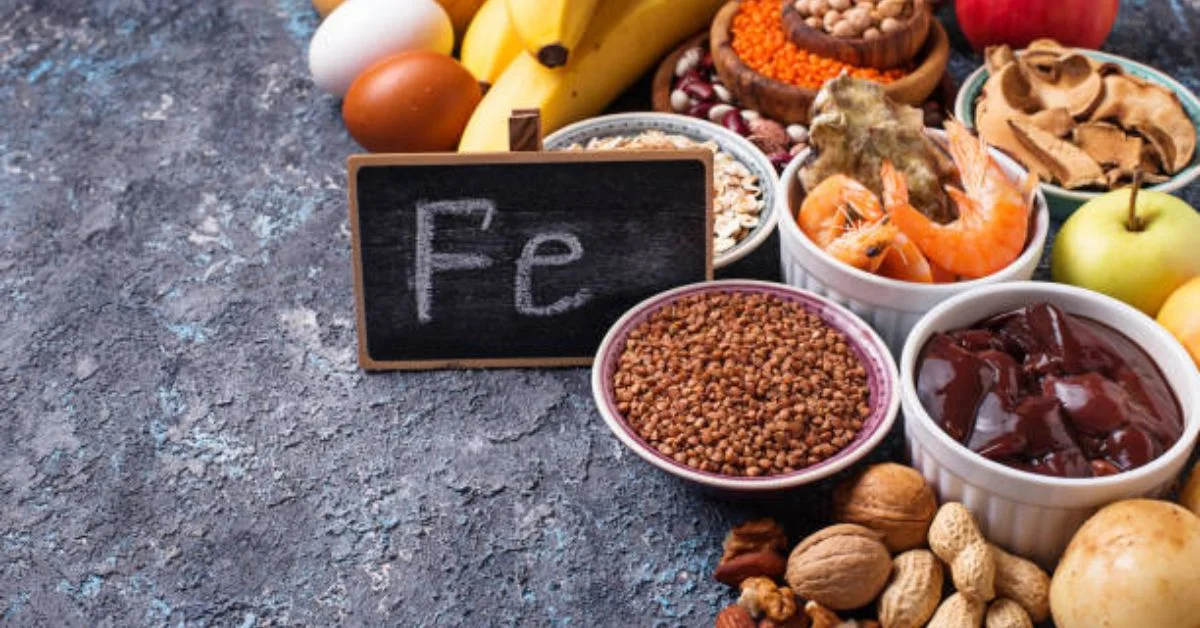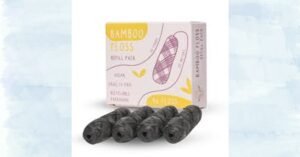Foenegriek, known in English as fenugreek, is a plant that has held a valued place in kitchens and medicine cabinets for centuries. This humble herb, with its distinctive aroma and slightly bitter flavor, is far more than just a seasoning. Its seeds and leaves have been used in culinary traditions across the world, from the Middle East and India to parts of Europe, including the Netherlands where the term “foenegriek” is common. Beyond its role in cooking, foenegriek has been recognized in various traditional medicine systems for its potential to support digestion, balance blood sugar, enhance lactation, and provide a range of nutrients.
While modern scientific studies continue to explore and validate many of these claims, foenegriek remains a staple in both the culinary and wellness worlds. Understanding foenegriek means appreciating its unique flavor, learning how it is cultivated and processed, knowing its nutritional contributions, and exploring the many ways it can be used for health and enjoyment.
Botanical Overview of Foenegriek
Foenegriek (Trigonella foenum-graecum) belongs to the legume family, which includes beans, peas, and lentils. The plant grows upright, with small green leaves and delicate white or yellowish flowers. Once mature, it produces pods containing small, hard, golden-brown seeds — the most commonly used part in both cooking and medicinal applications.
The name “foenum-graecum” translates to “Greek hay,” a reference to its historical use as fodder for livestock in the Mediterranean. However, its applications have expanded far beyond agricultural feed. Today, both the seeds and leaves are valued, with seeds often ground into powder for spice blends, and fresh or dried leaves used to flavor dishes.
Nutritional Profile
Foenegriek seeds are dense with nutrients despite their small size. They are a source of:
- Protein – Helpful for muscle repair and satiety.
- Dietary Fiber – Supports digestion and promotes healthy bowel movements.
- Vitamins – Particularly B vitamins such as B6, thiamine, and folate.
- Minerals – Including iron, magnesium, manganese, and copper.
- Plant Compounds – Such as saponins and flavonoids, which are linked to various health benefits.
This combination makes foenegriek a versatile addition to a balanced diet, whether incorporated as a spice, supplement, or herbal infusion.
Culinary Uses of Foenegriek
Foenegriek has a distinctive taste that combines nutty, sweet, and slightly bitter notes. Its versatility allows it to appear in both savory and sweet dishes, as well as beverages.
- In Spice Blends
Ground foenegriek seeds are a key component in spice mixes such as curry powders and certain Middle Eastern blends. They contribute depth and complexity, balancing pungent and aromatic ingredients. - In Baking
In the Netherlands, foenegriek is sometimes incorporated into specialty breads, adding both flavor and a nutritional boost. - In Sauces and Curries
Whole seeds are often lightly toasted to release their aroma before being added to stews, lentil dishes, and vegetable preparations. - As Fresh Leaves
The fresh or dried leaves, known in some cuisines as “methi,” are used in flatbreads, stir-fries, and soups.
Traditional and Modern Health Uses
Foenegriek’s reputation in traditional medicine spans multiple cultures, with each recognizing different properties of the plant. While modern research is still catching up to centuries of anecdotal evidence, several potential health-supporting effects are worth noting.
1. Digestive Health
Its fiber content aids digestion, while certain plant compounds may help soothe gastric irritation. Foenegriek tea or soaked seeds are sometimes consumed to ease mild digestive discomfort.
2. Blood Sugar Support
Some people use foenegriek to help maintain balanced blood sugar levels, particularly those looking to support healthy glucose metabolism.
3. Lactation Aid
In several traditional systems, foenegriek seeds have been used to support milk production in breastfeeding mothers. While not every individual experiences this effect, it remains a popular herbal option.
4. Anti-Inflammatory Properties
It contains antioxidants and compounds that may help reduce mild inflammation, supporting overall wellness.
5. Nutrient Supplementation
Its natural content of iron and magnesium can be a helpful dietary addition for those seeking to prevent deficiencies.
How to Prepare Foenegriek for Consumption
Preparation methods can vary depending on whether you are using seeds, powder, or leaves.
- Whole Seeds – Often soaked overnight to soften, making them easier to digest and reducing bitterness.
- Ground Powder – Convenient for blending into smoothies, baked goods, or spice mixes.
- Fresh Leaves – Washed thoroughly and chopped before adding to recipes.
- Herbal Tea – Made by steeping seeds in hot water for 5–10 minutes.
Proper preparation not only enhances flavor but also maximizes potential health benefits.
Cultural Significance
Foenegriek holds a place in the culinary identity of several regions. In South Asian cuisine, it’s integral to the taste of many curries and breads. In Middle Eastern cooking, it may appear in sweet syrups or savory pastes. In parts of Europe, including the Netherlands, it has found its way into artisanal bread and cheese varieties, reflecting the adaptability of this ancient herb.
This cultural flexibility underscores it’s unique ability to complement both modern and traditional diets.
Storage and Shelf Life
To keep foenegriek fresh and potent:
- Store seeds in an airtight container away from heat and light.
- Ground powder should be used within a few months for maximum flavor.
- Dried leaves should be kept in sealed bags or jars in a cool, dry place.
Proper storage prevents loss of aroma and potency, ensuring you get the best results in cooking or herbal use.
Potential Precautions
While foenegriek is safe for most people when consumed in culinary amounts, there are a few considerations:
- Pregnancy – High doses from supplements may not be suitable during pregnancy.
- Allergies – Those allergic to legumes should exercise caution.
- Medical Interactions – Individuals on medication for blood sugar or blood clotting should consult a healthcare provider before using concentrated forms.
Incorporating Foenegriek Into a Healthy Lifestyle
Adding foenegriek to your diet does not require drastic changes. A teaspoon of seeds in a curry, a handful of leaves in bread dough, or a warm cup of foenegriek tea can provide variety and nutritional value. Consistency and moderation are key — it’s about integrating it into balanced meals rather than relying on it as a cure-all.
Conclusion
Foenegriek is more than just a spice. It is a plant with a rich history, a robust nutritional profile, and versatile uses in both culinary and traditional wellness practices. Whether you appreciate it for its distinctive flavor, its potential health benefits, or its cultural heritage, it deserves a place in the modern kitchen. By understanding its properties and applications, you can make the most of this ancient herb in a way that complements both taste and health.
FAQs
1. What is foenegriek?
Foenegriek is the Dutch name for fenugreek, a plant whose seeds and leaves are used for cooking and wellness purposes.
2. How does foenegriek taste?
It has a slightly bitter, nutty flavor with a hint of sweetness, especially when lightly toasted.
3. Can it support digestion?
Yes. Its fiber content and soothing properties may help maintain healthy digestion when included as part of a balanced diet.
4. Is it safe during breastfeeding?
Many women use it traditionally to support milk production, but it’s best to consult a healthcare provider first.
5. How should foenegriek be stored?
Keep seeds or powder in an airtight container away from heat and sunlight to preserve flavor and potency.
For more information, click here.









